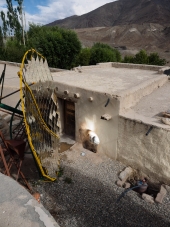I give this oven 8 out of 10 acorns.
Some times, you think it would be a good idea to use something we permies call "appropriate technology" and then life gets in the way of trying it. I've been exposed to solar cookers, but have never cooked in one myself, until now.
I'm hooked.
The kind folks at
Solavore sent us their
Solavore Sport to try out. What a wonderful gift!
Today, I tried it out on two simple things. It worked like a dream.
Here's the quick summary. I'll explain more about these following.
PROS:
arrived in minimal, efficient packaginglightweightsimple to usesafe to use, little chance of scorching or burning foodreadable, organized instructions - including succinct, clear info on food safety in terms of cooking temperaturesbonus info and gadget about water pasteurizationgreat cooking potsheats up quicklyeasy to cleansecure from flies and crittersmore affordable than other solar cookerscompany ethics that many will appreciateaffiliate program
CONS:
it's plastic (we're trying to move away from plastic)cooks at low temperature mostly/onlyclips - a bit difficult to put on, and ironically, seem flimsynot big enough for feast night quantities
This type of solar cooker is a solar box oven, which means it works similar to a slow cooker or a crock pot. I adore crock pot cooking, I even "bake" things in crock pots, and I had not realized how similar these methods are until today. In the heat this summer, I've taken to plugging in crock pots out on the back porch to keep the heat
outside of the house, and this is even better - no electricity needed at all! Plus, I think it's more secure from flies and critters since a crock pot lid has that edge between the lid and the pot that some times slips to make a gap and where flies could hang out and do their nasty things.
The easy instructions talk about centering your shadow over the oven to make sure it's facing south. This was at about 10:20 a.m. facing a bit southeast. Check.
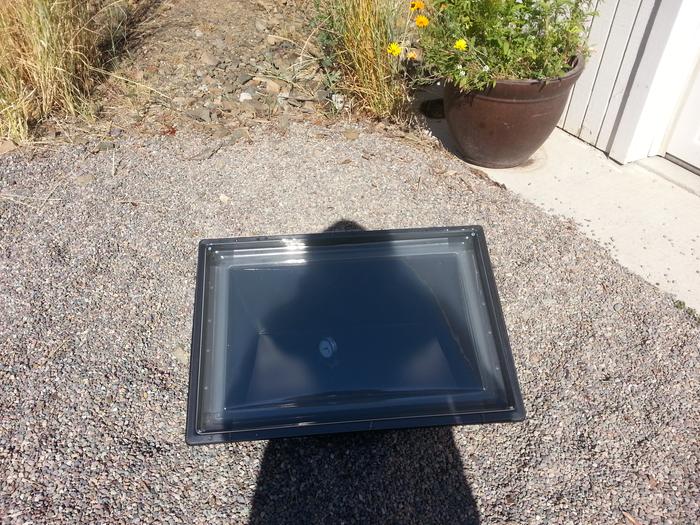
Half an hour later, I had food ready to put in and the oven was at 235 degrees F. I put in one pot of some Italian sausages and vegetables, one pot of eggs - like hard boiled, but no water needed. (The picture was taken from the top side to avoid the shadow.

)
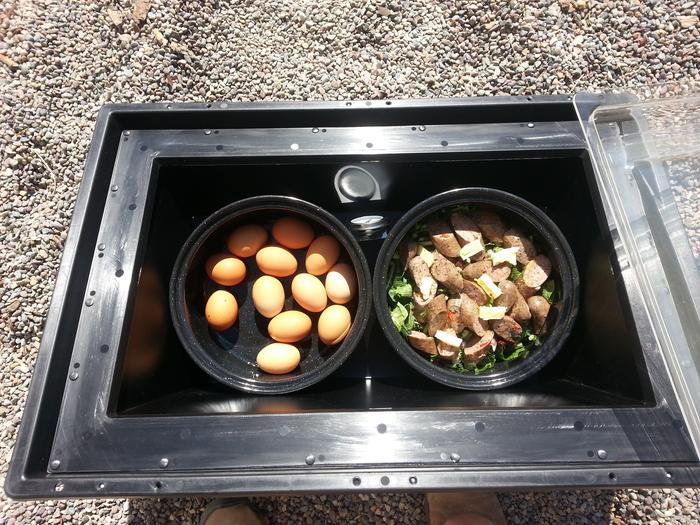
An hour later, the solar oven was at 200 degrees F due to still trying to recover from the two masses of what had been thoroughly refrigerated foods.
I got distracted with other things and forgot to check on the eggs after the recommended 1.5 to 2 hours. I think I pulled them out at about 2.75 hours, so the edges of the yolks are slightly green, but I thought that was far better than underdone! And they peeled fairly easily while warm, too. I was already liking not having to have hot boiling water or hot steam in the kitchen!
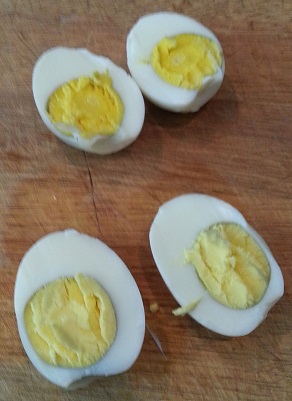
Temperatures averaged about 235F in the oven most of the day, and I could have removed our dinner in early afternoon, but we weren't hungry yet, so I pulled it out around 3:30 p.m.
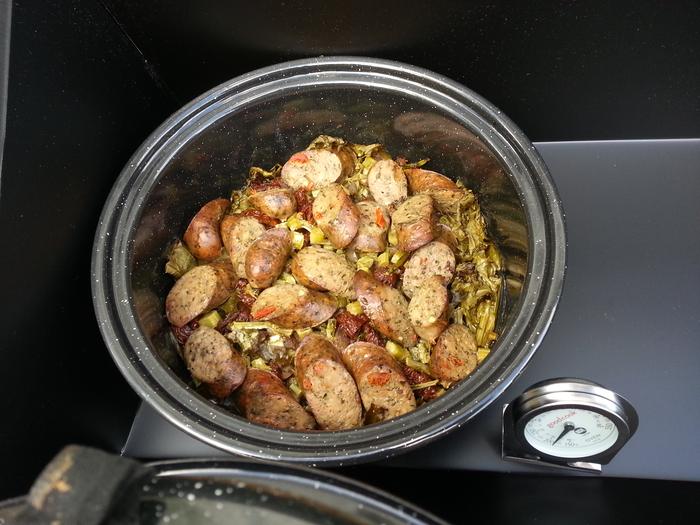
I had quickly skimmed the instructions before using the Sport, and was impressed by how smartly the information was laid out and presented. It made using the Sport easier than I thought. After removing the eggs and our dinner, I was excited to learn more about what I could do and read through the booklet a bit more thoroughly. Some things cook differently in the solar oven: primarily, not as much water is needed, and it was often recommended to cook the water and grains separately first, then combine.
The plastic is what makes it so lightweight, which is one of the huge upsides of the Sport, even if it's not our preferred material. I really don't know how else something this size could be made out of anything else and still be such a manageable weight. The clips are a bit difficult to put on because they're supposed to fit tightly and create a good seal. I think my impression of the clips being "flimsy" is also part of the lightweight design. Thicker metal would weigh more and might not offer more strength.
Oh! I didn't even add the reflectors to the top of the solar oven. Speaking of the reflectors, I gained a fun little insight about using them. I was posting about my solar cooked eggs on Facebook and a friend, Amy Grisak, wrote:
I have the Solavore Sport. I bake carrot cake in there, and even won the best yeast bread at the Montana State Fair. I haven't been able to find anything I can't cook in there.
When I asked Amy if she uses the reflectors, she replied:
I do when I'm baking, but often don't need to when I'm making ribs or other meals.
I'm curious how I might use it for feast night quantities (feeding 8-15 people) as the instructions explain it's better to use multiple, smaller pots for better heat-to-food contact. In the mean time, I think it might become my preferred cooking method for Paul and myself.
I haven't even gone into pricing, company ethics, or the
affiliate program, all of which I think are excellent. I looked up the pricing of a few different solar ovens when I heard the Sport was on its way to us, and I thought this one had the best value, but chose not to detail that research here because I haven't actually used the others.
The Sport was a gift to us for our review, for which I am of course incredibly grateful, though I think I was still quite open in my critique. Being new to solar cooking, I was pleasantly surprised by almost all aspects of using this device. In short, I highly recommend it!


 1
1





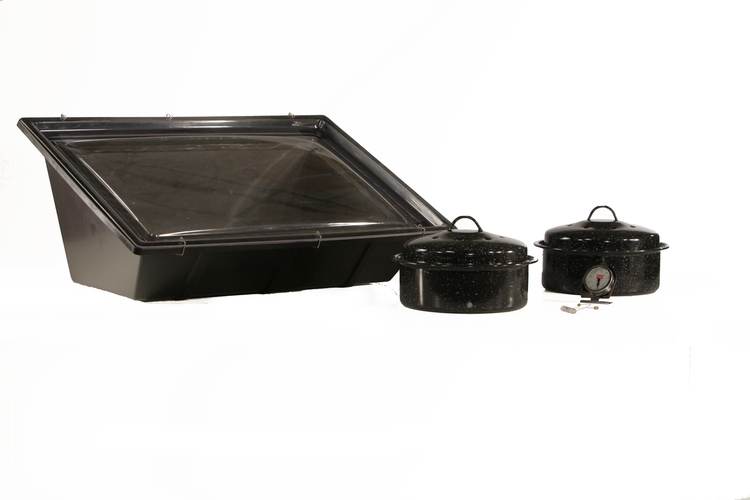

 )
)



 1
1




 1
1




 1
1




 1
1














 1
1
























